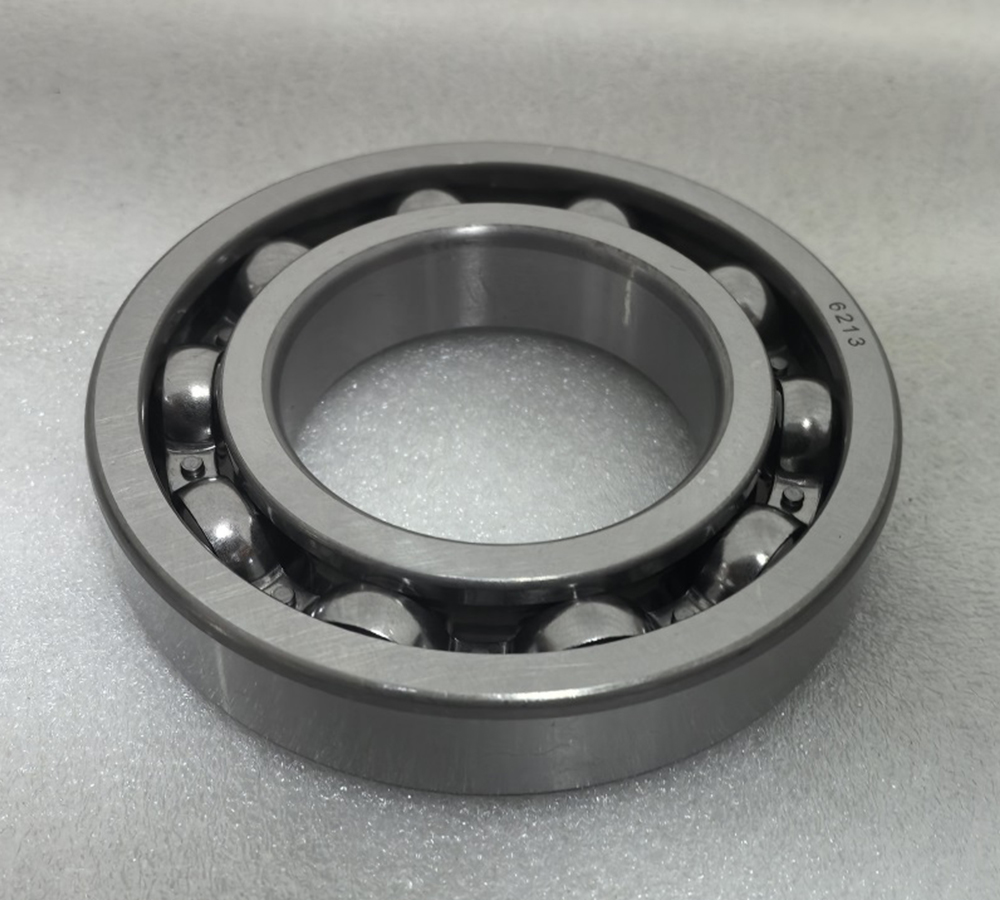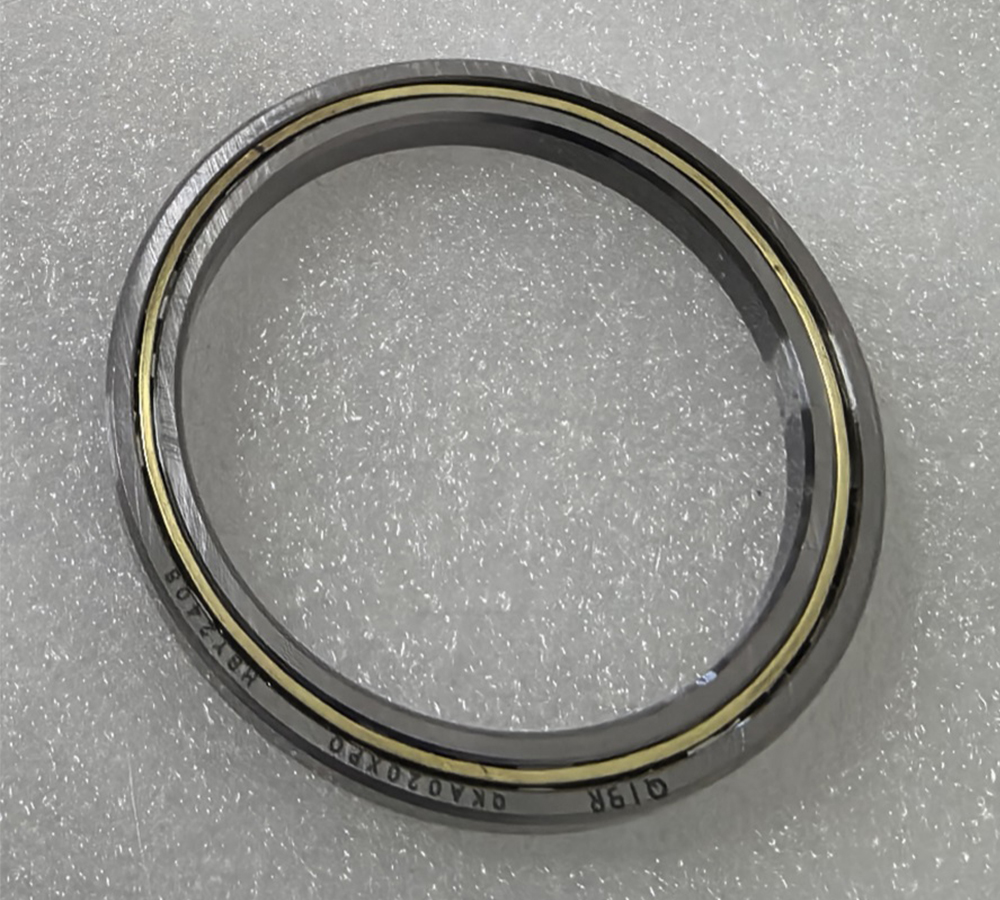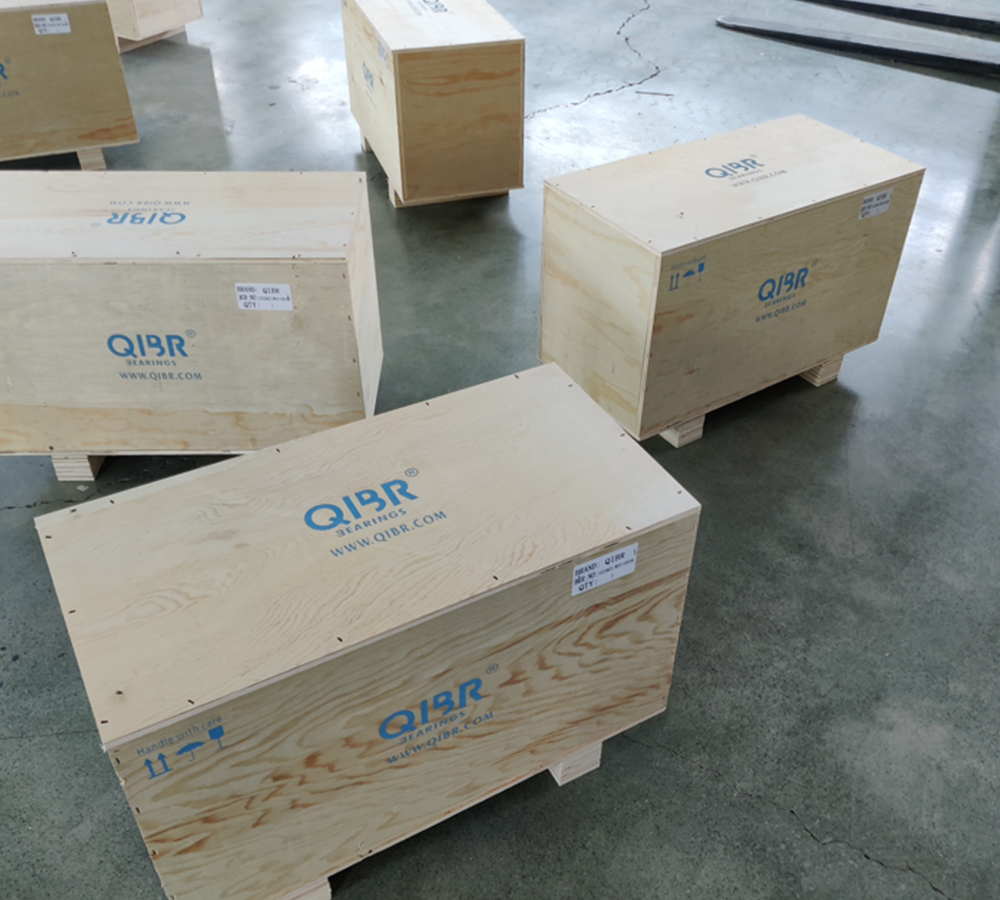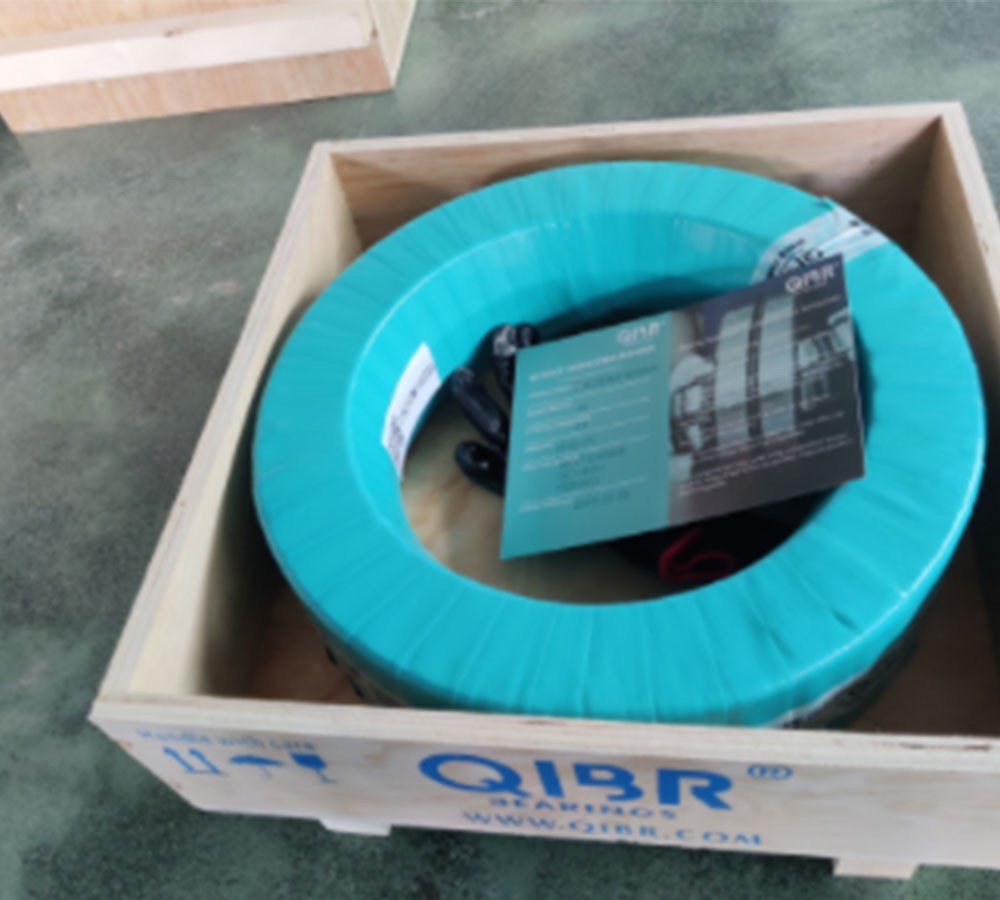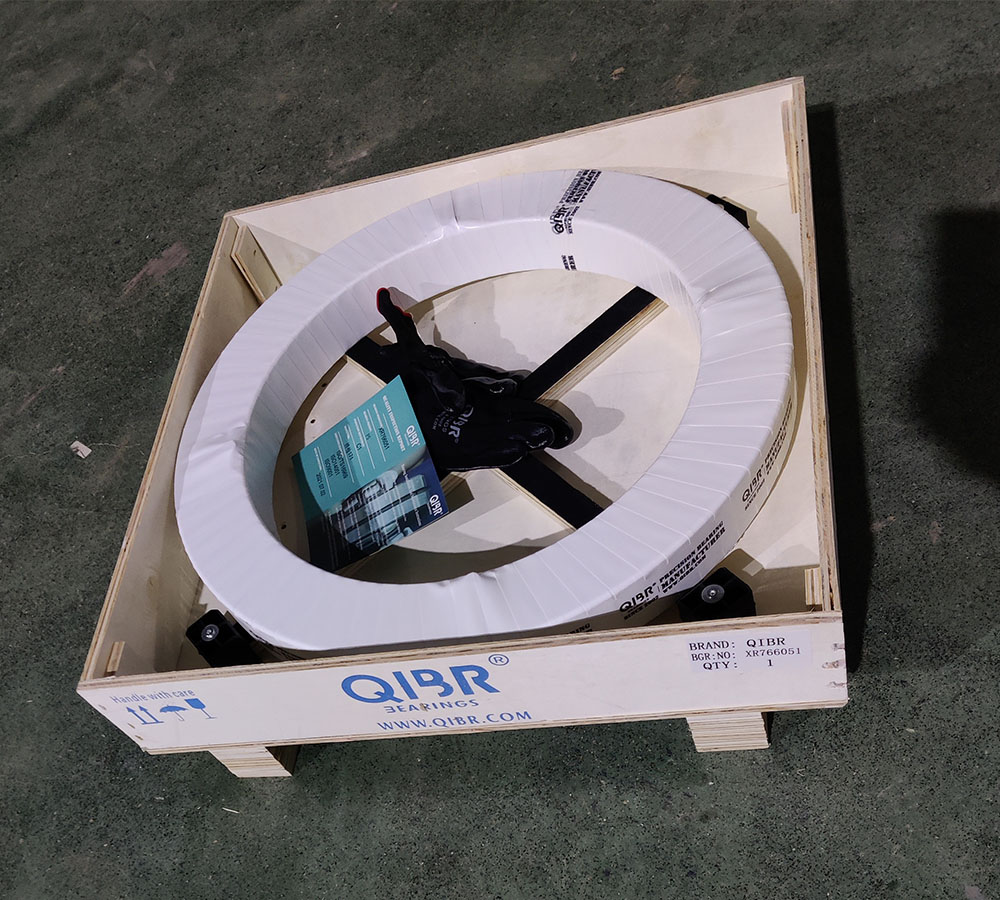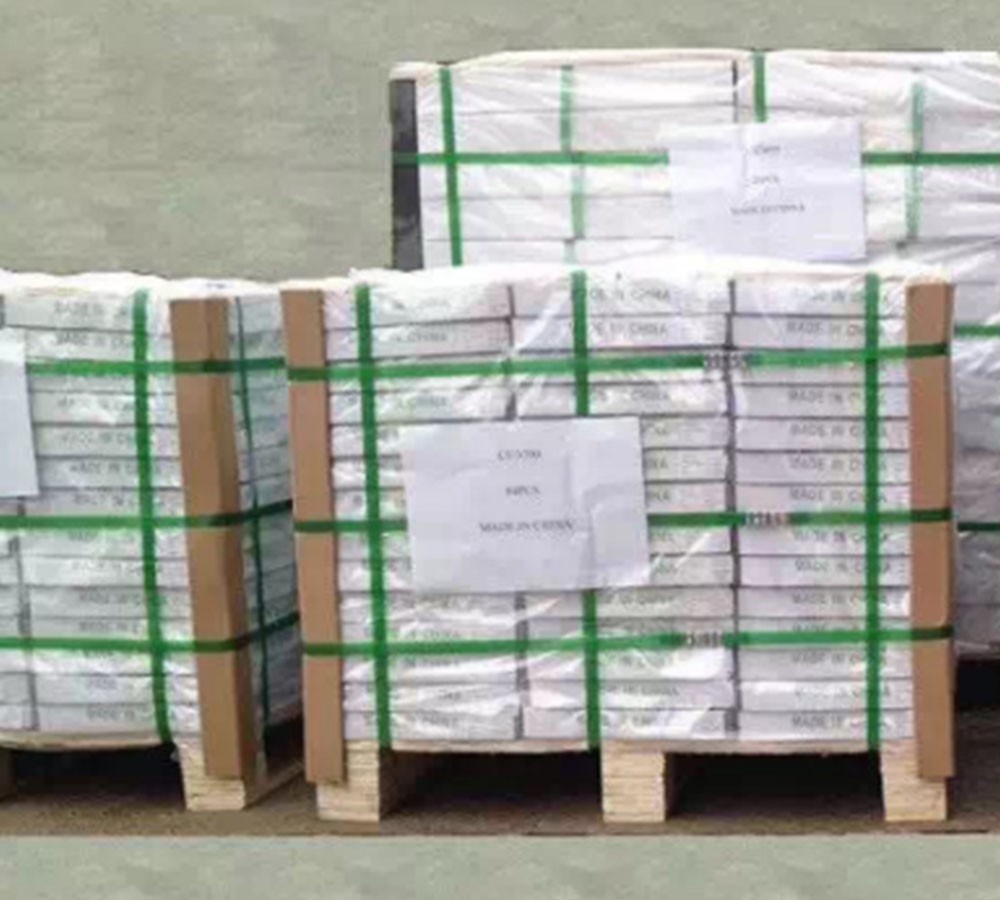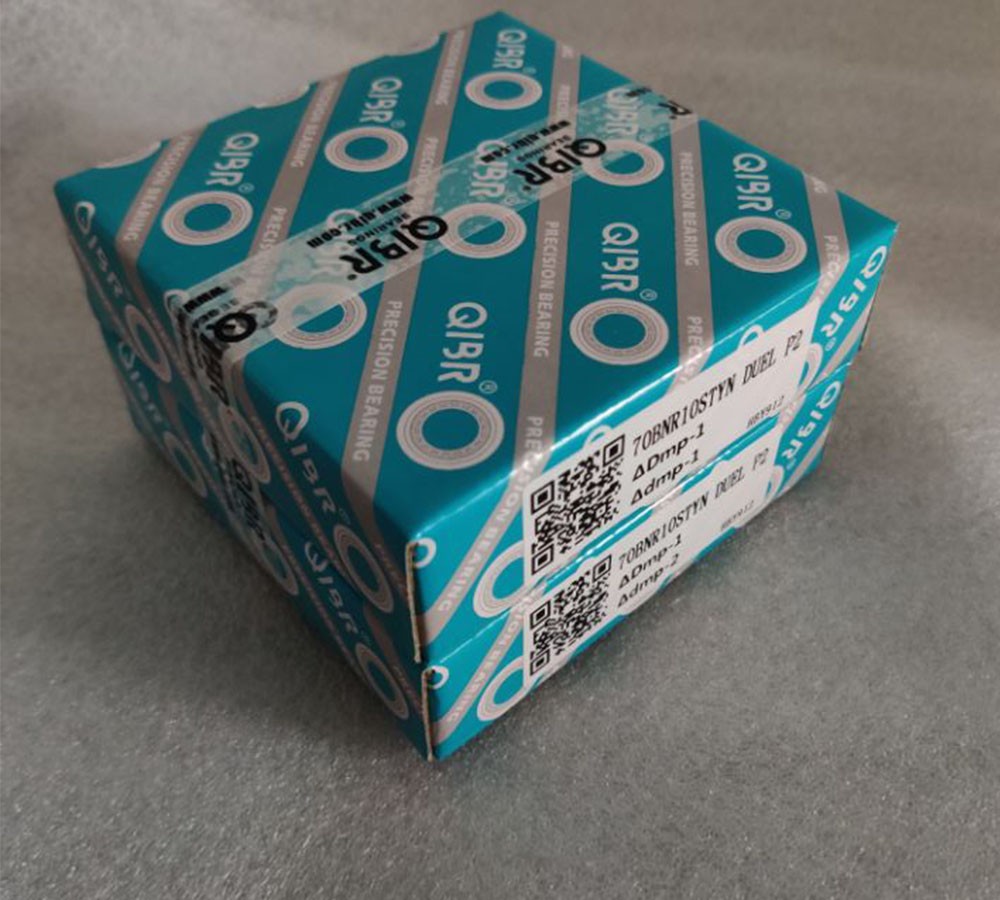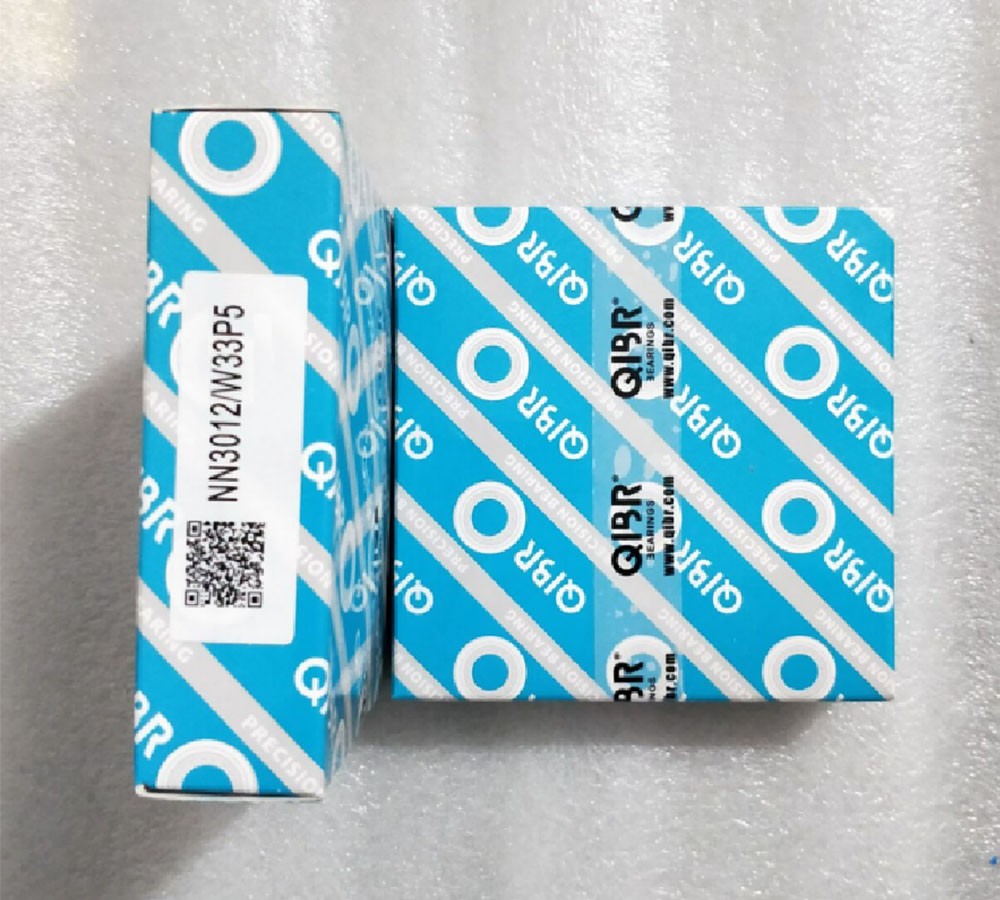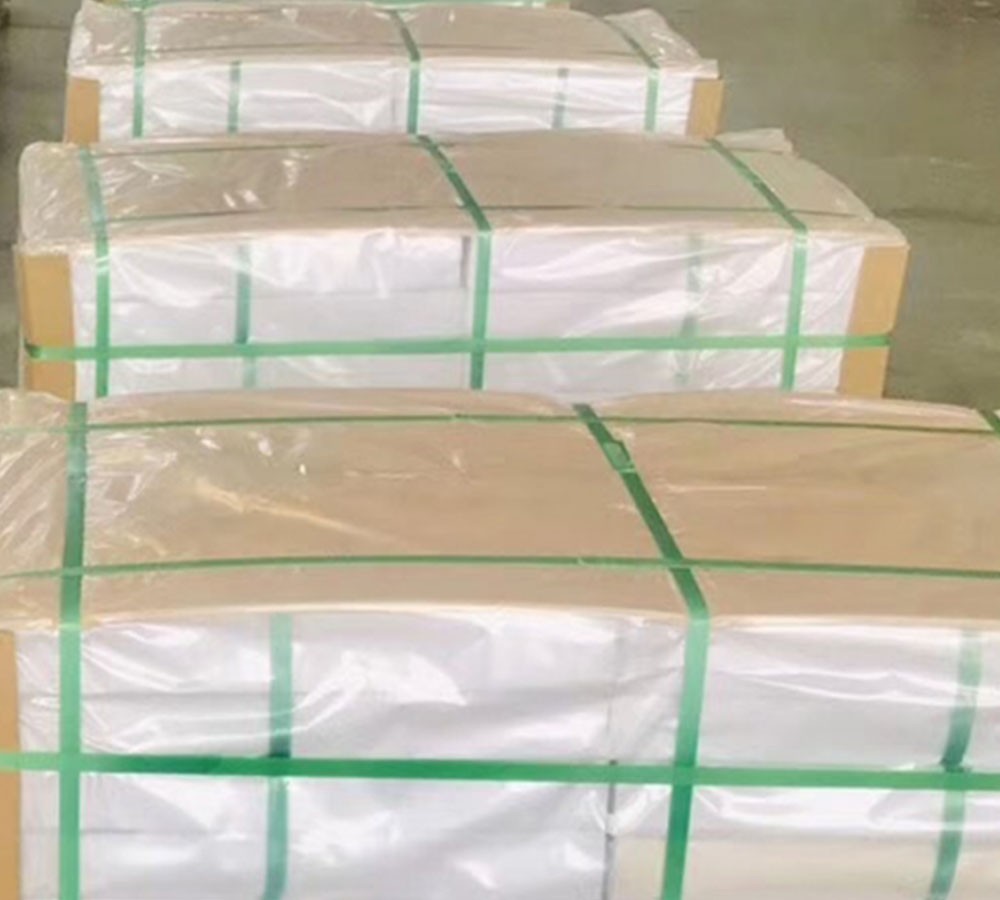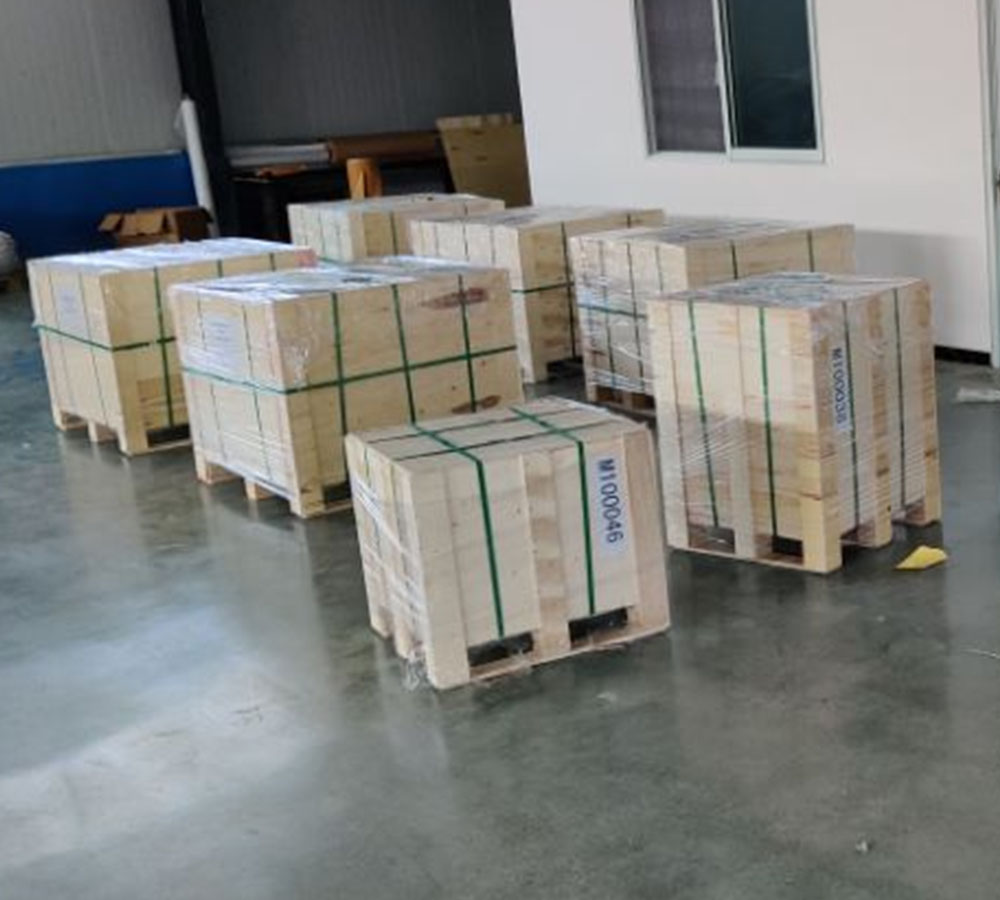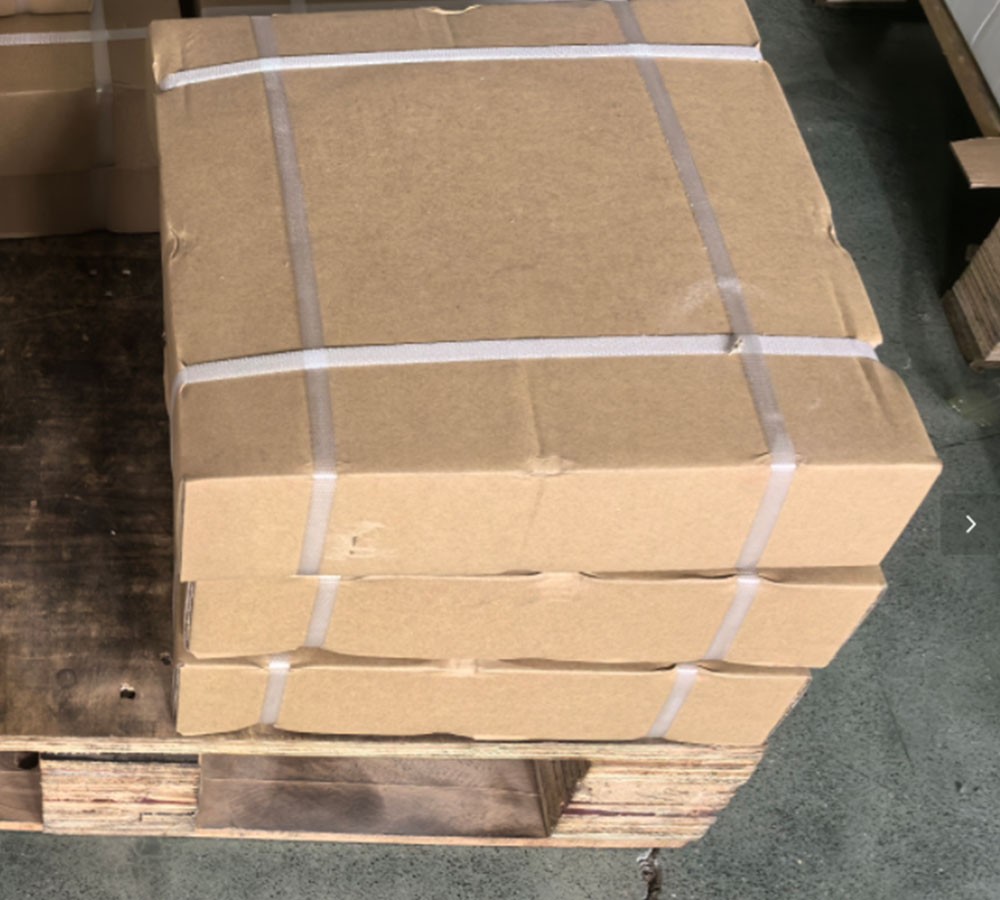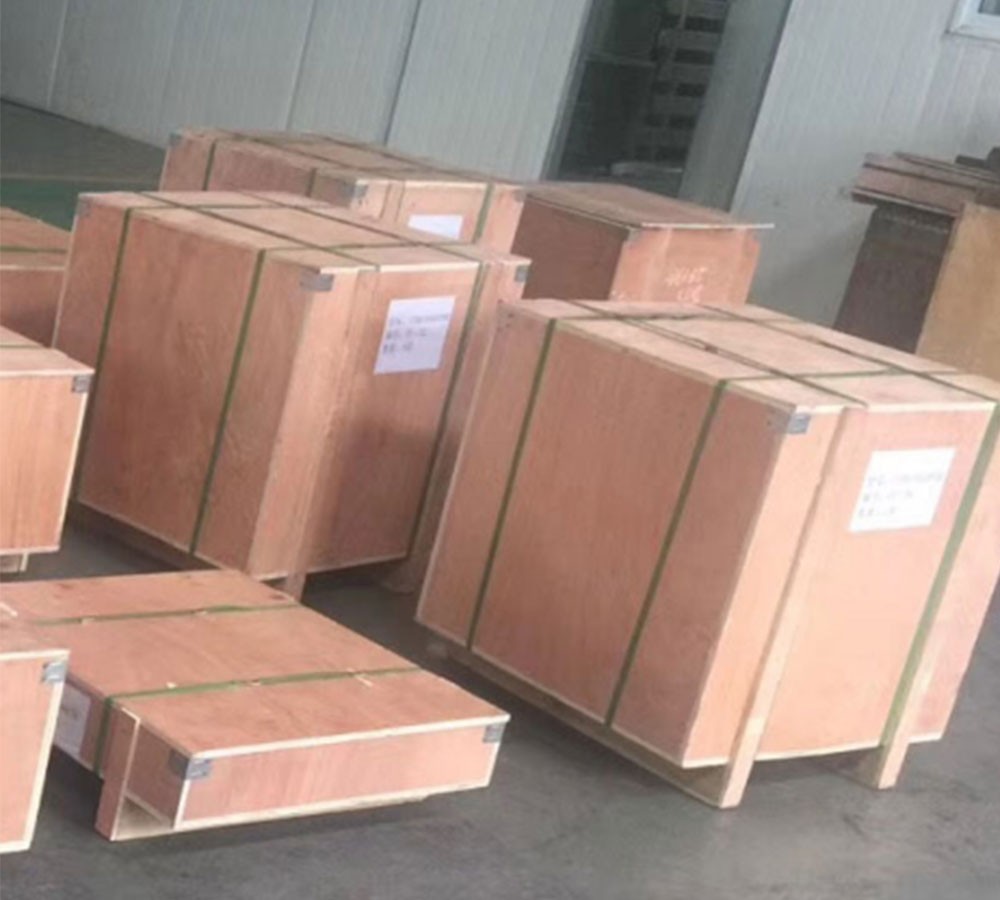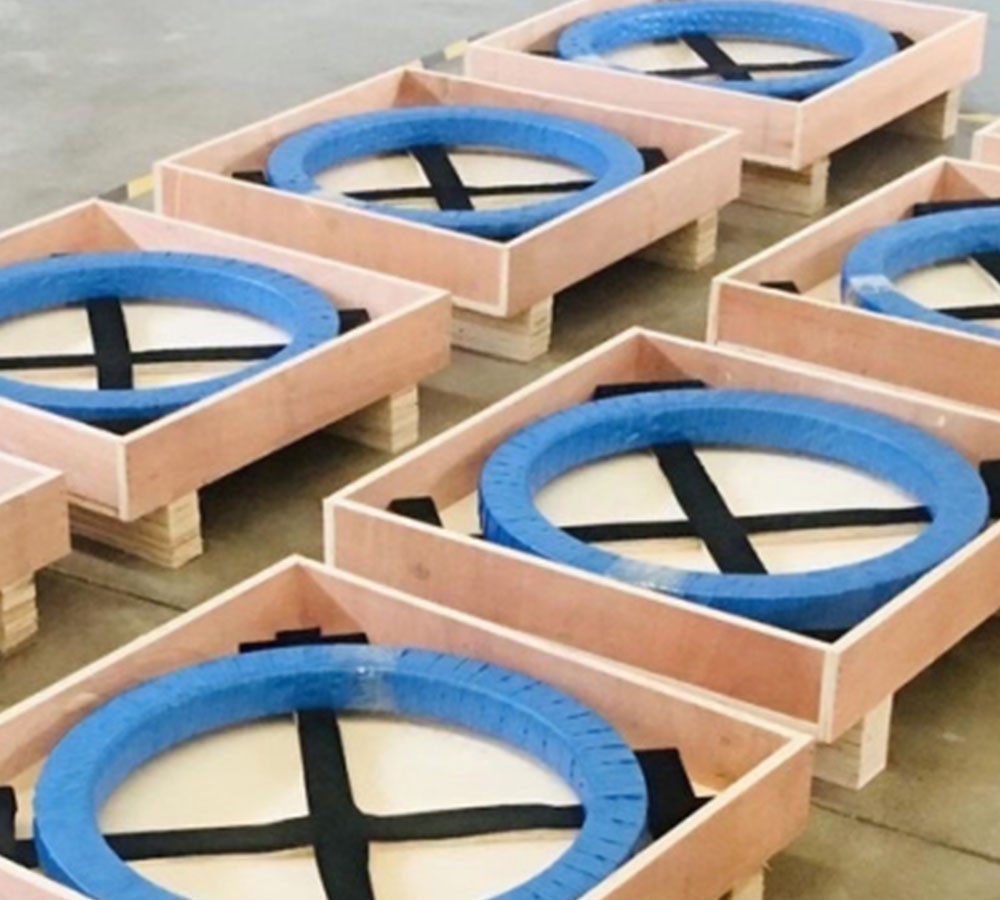QIBR precision thin-section ball bearings and deep groove ball bearings were delivered to customers in Australia for use in robot joints to maintain reliability
- Continent
- Oceania
- Country
- Australia
- Date
- 2016-01-27
- Applications
- Robot joints
Products Used
Precision Thin-section Ball Bearing:
1. High precision and stability: The QKA020XPO thin-section bearing adopt high-precision manufacturing processes to ensure the dimensional accuracy and surface finish of the bearings.
2. Light weight design : After optimization by QIBR technicians, the design of the QKA020XPO thin-walled bearing greatly reduces the volume and weight of the bearing while maintaining strength and load-bearing capacity. Higher performance is achieved in a limited space. The lightweight design helps improve the flexibility and motion performance of the robot.
3. Strong load-bearing capacity : The structural design of the QKA020XPO thin-walled bearing and the 6310 deep groove ball bearing enables them to bear a large load.
1. Strong load-bearing capacity : The 6213 deep groove ball bearing can bear loads from multiple directions, enabling the robot to maintain stability and reliability when performing high-intensity tasks.
2. High precision and stability : With a small coefficient of friction, it reduces energy loss and improves the operating efficiency of the robot, enabling the robot joints to maintain good positioning accuracy and repeatability during movement.
Additional Notes:
The Australian customer decided to purchase the QKA020XPO precision thin-walled bearings and 6213 deep groove ball bearings from QIBR as an equivalent substitute for TORRINGTON bearings to meet their high requirements for stability and reliability in robot joints. QIBR bearings adopt high-precision production equipment and strict quality control processes to ensure that the tolerance and surface finish of each bearing reach the top level in the industry. QIBR's precision thin-walled bearings and deep groove ball bearings are fully designed considering the requirements of robot joints in reducing friction and improving running stability. They can effectively reduce vibration and noise during movement and improve the motion accuracy and work efficiency of the robot.


